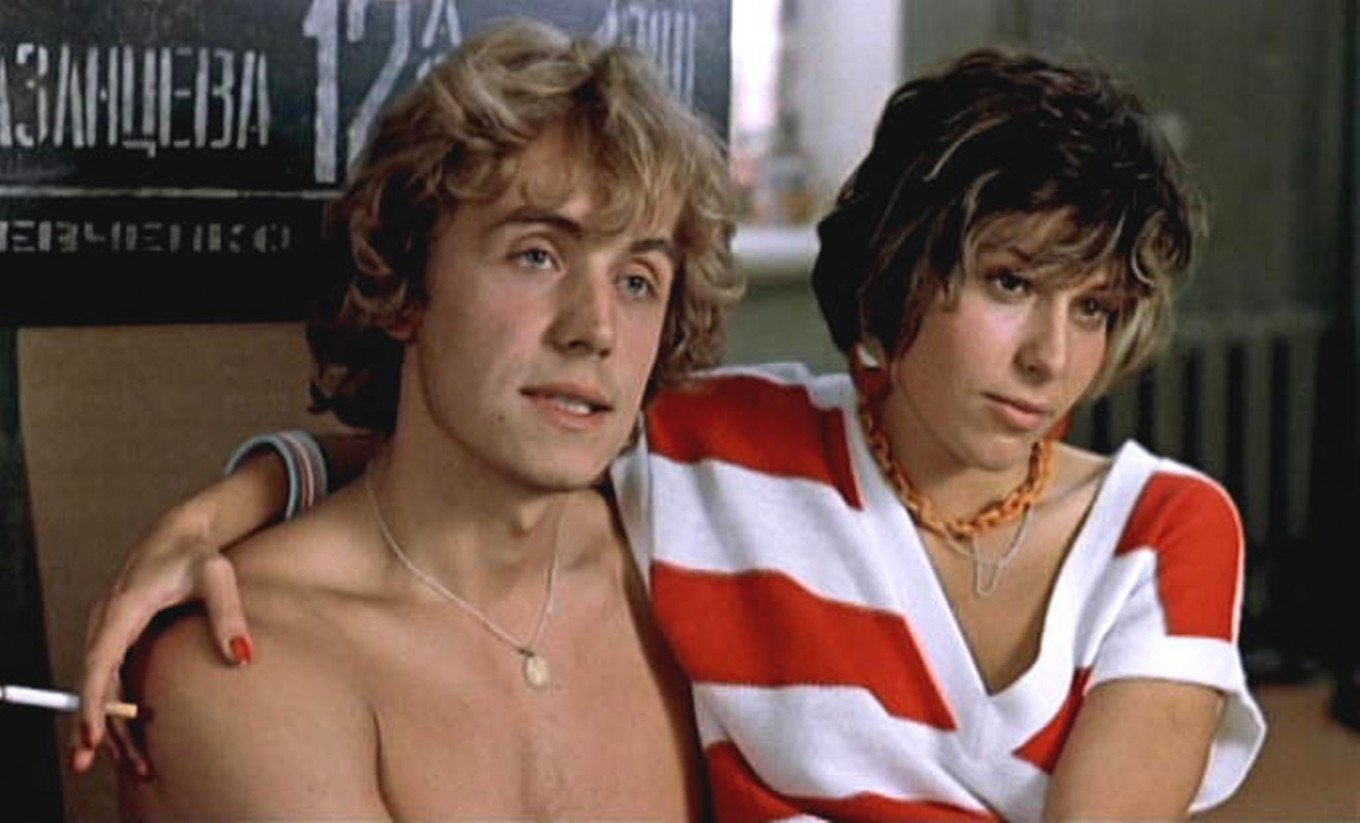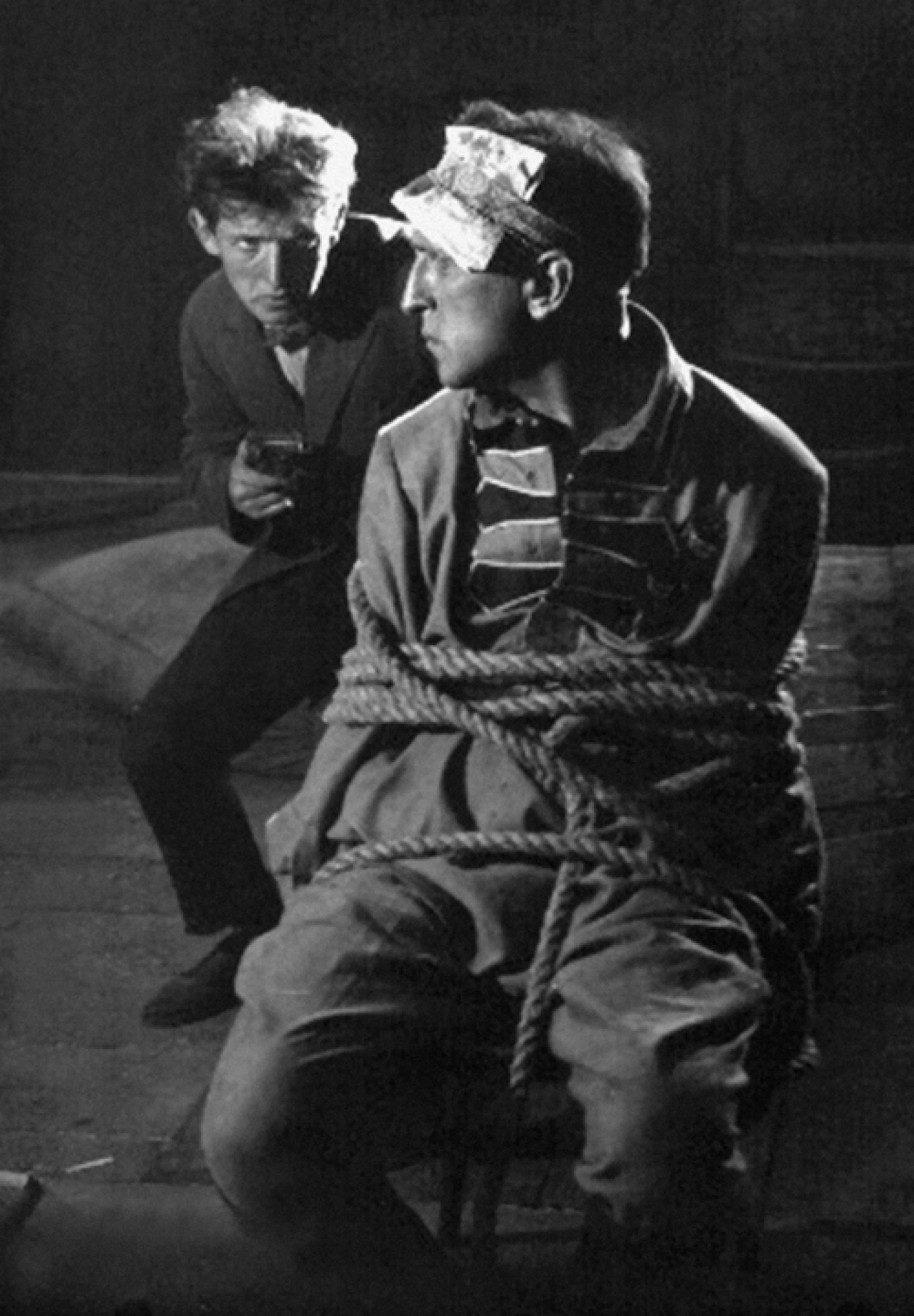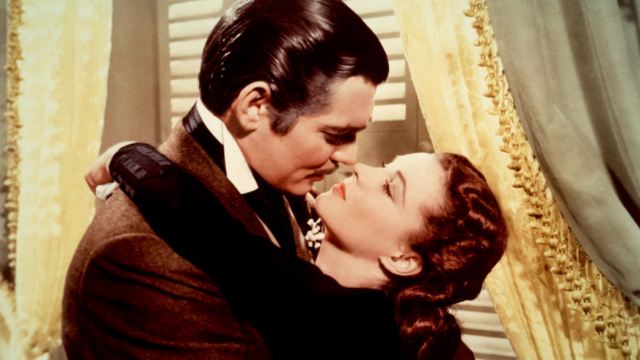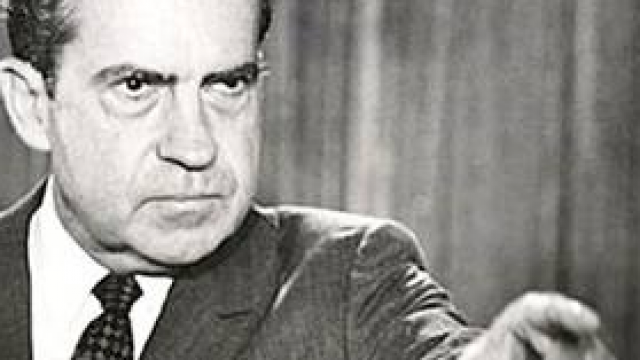It’s Everything But the Kitchen Sink Week on Moscow TV, as the small screen puts on an exotic smorgasbord indeed: you get a Pole playing an American to the delight of Russian and Chinese audiences; the snappiest high and seediest low you’ll ever see in a single day from two Soviet screen heroines; the story of the seven great Moscow buildings that didn’t exist before your parents were born but now define the city; and a rare screening of a classic of early Russian propaganda – or is it early Russian fake propaganda? Here’s the where and when:
Russian-American
relations were on a year-long nosedive throughout 2015 – but it wasn’t the
fault of STS, whose sitcom about an American journalist in Moscow, “How
I Became a Russian,” got some timely laughs at the expense of both
sides. Polish actor Mateusz Damięcki did a good job of “playing American” – aided by a great job of
looking like Clark Kent – as he and the Russian cast took many of our familiar
mutual stereotypes (working, drinking, loving) out for some amusing walks.
Tune in as STS re-runs the series’ 20 episodes in twice-daily doses, and as you
watch consider these interesting audience reactions. Although America is not
well-liked here, the show still is, scoring a very strong 7.5/10 on KinoPoisk.
But that’s peanuts: “In China,” reports Wikipedia, “the series won enormous
popularity, with ratings approaching ‘Game of Thrones’ levels” – 9.2 to the
latter’s 9.3! Chinese viewers felt the jokes were “right on the nose” and “gave
a sense of the real Russia.” OK, just tune in and laugh quietly – you don’t
want to start an argument with two billion “Thrones”-loving Chinese.
How I Became a Russian Как я стал русским. STS, Monday-Friday at 8:30 a.m. and 1:00 a.m..

On Tuesday Rodnoe Kino offers as stark a contrast as you’ll ever see between mega-popular Soviet movie heroines in a single day: in the morning viewers get Lyubov Orlova singin’ up a storm in the musical comedy “Volga-Volga” (1938); in the evening it’s Natalya Negoda playing a battered but determined survivor in the grimly realistic and socially significant “Little Vera” (1988).
Orlova’s provincial-gal-off-to-musically-conquer-Moscow is as upbeat a
character as anyone could imagine in the bleak year of 1938 – and her
effervescence proved irresistible to Soviet audiences, which was presumably the
point. Stalin and Co. needed all the positive distractions they could get, both
for a population mightily beset by the Great Terror and for the besetters
themselves, doubtless exhausted from oppressing millions of their fellow citizens.
Indeed, director Grigory Alexandrov put wife Orlova through her dazzling paces
so well that “Volga” became the favorite movie of Oppressor No.1. Take the
tyrannical hint: tune in and see why.
A half-century later a whopping 55 million late-Soviet viewers paid to watch another provincial heroine – but this one stayed home and struggled, and Negoda’s Vera proved that lives of quiet (and not so quiet) desperation could also make enormously arresting cinema – particularly if the lives included a bed scene of heretofore unfilmable candor. But “Vera” is much more than dreariness punctuated in the middle by a See, We Have Sex Too episode. Sure-handed direction by the debuting Vasily Pichul, great dialogue by Maria Khmelik and the outstanding ensemble acting by Negoda and the other principals here warrant repeat viewings – and such viewings should make today’s viewers ask themselves just how much has changed for these characters in the new-millennium incarnations living desperately out there now.
Volga-Volga Волга, Волга. Rodnoe Kino, Tuesday at 4:55 a.m.
Little Vera Маленькая Вера. Rodnoe Kino, Tuesday at 4:40 p.m.

Most folks alive today cannot recall Moscow without the seven horizon-dominating skyscrapers built around the city after World War II – and wouldn’t want to, come to that. These great hulking structures not only symbolize the long-appropriate and characteristic too-bigness of the city, they also effectively serve as Moscow’s Big Lebowski Rug: they “really tie the place together,” their stolid presence keeping the city from atomizing into what pre-war Petersburgers dismissively called (and some still call) a “big village.”
“The Moscow Skycrapers” (2006) is
another engaging and informative installment of “The Soviet Empire,” a
documentary series which does a great job of explaining various defining
phenomena whose back-stories outsiders – and many locals – don’t really know. The
Stalinscrapers were conceived, we learn, “as a hymn to the Great Victory but became
a monument to the Cold War.” Their principal task was, in fact, “to symbolize
the architectural parity of the superpowers.” So the “holding together” thing
was actually an afterthought (if that) following yet another size-does-matter
comparison between the ever-insecure Soviet authorities and a (new) Great Other
– the one where, as Mayakovsky had famously reported after visiting New York a
generation earlier, skyscrapers rose “not by the day but by the hour.”
The Soviet Empire: The Moscow Skyscrapers
Советская империя.
Высотки.
Istoriya, Wednesday at 6:00 p.m. & 6:50 p.m.; and Thursday at 12:50 p.m.
and 1:40 p.m.

On Friday Kultura revs up its Masterpieces of Early Cinema series again, this time presenting two masters together – Vsevolod Pudovkin writing (and acting) plus Lev Kuleshov directing – in the notable science fiction silent “The Death Ray” (1925). While there’s some question as to how much of the original seven [?] reels remains in the movie as it is now screened, there is no question as to the feature’s timeliness today: “The Death Ray” employs espionage, conspiracies, “fascists” galore and even poisoned cigarettes to create a pioneering us-against-them epic. Happily, the whole thing proceeds in a comic-book tone that renders it a bit suspicious as “real” propaganda; one critic, in fact, has called it a kind of “fake propaganda” – Kuleshov’s “attempt to indulge the sheer pleasure of making movies under the pretext of [producing] propaganda.” And it’s true that Eisenstein hated “The Death Ray”; he was making real propaganda, after all.
Tune in and listen to film historian Yekaterina
Khokhlova and director Pyotr Soldatenkov on The Ray’s provenance, watch the
film itself and then judge for yourself just what Kuleshov and his crew were
actually up to.
Just don’t
tell the fascists.
The Death Ray Луч смерти. Kultura, Friday at 10:20 a.m.
Mark H. Teeter is the editor of Moscow TV
Tonite on Facebook.
A Message from The Moscow Times:
Dear readers,
We are facing unprecedented challenges. Russia's Prosecutor General's Office has designated The Moscow Times as an "undesirable" organization, criminalizing our work and putting our staff at risk of prosecution. This follows our earlier unjust labeling as a "foreign agent."
These actions are direct attempts to silence independent journalism in Russia. The authorities claim our work "discredits the decisions of the Russian leadership." We see things differently: we strive to provide accurate, unbiased reporting on Russia.
We, the journalists of The Moscow Times, refuse to be silenced. But to continue our work, we need your help.
Your support, no matter how small, makes a world of difference. If you can, please support us monthly starting from just $2. It's quick to set up, and every contribution makes a significant impact.
By supporting The Moscow Times, you're defending open, independent journalism in the face of repression. Thank you for standing with us.
Remind me later.







